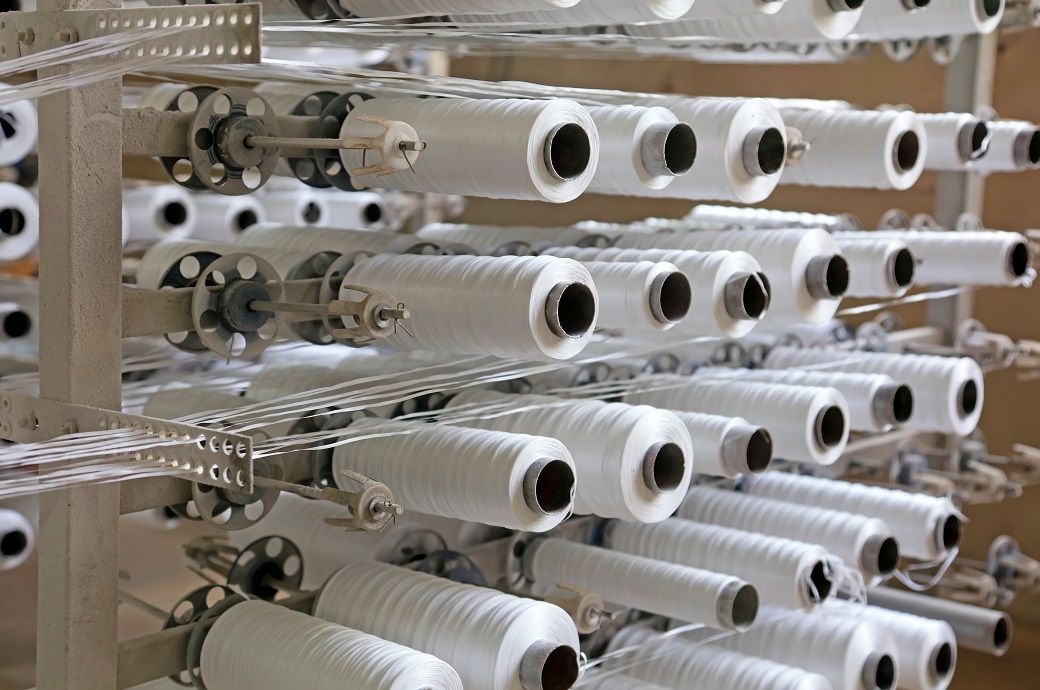
Industry insiders are ringing alarm bells over the unfolding situation “There’s no way to absorb a 50 per cent tariff hike; we don’t have the margins,” claimed one industry player in conversation with Fibre2Fashion.
In FY25, Gujarat’s export landscape was led by petroleum products at $43.9 billion, followed by engineering goods worth $16.6 billion, gems and jewellery at $8.3 billion, and textiles at $5.6 billion, as per some estimates. While textiles may not be the state’s top export, it is especially important due to the large-scale employment and deeply integrated supply chains that it supports. Now, with tariffs set to double—from 25 per cent to 50 per cent—industry players are bracing for the worst even as some expressed apprehensions that the abrupt increase in tariffs could derail their businesses altogether.
Reflecting the wider sentiment, an industry player explained that US shipments across the board have been put on hold while many well-established direct exporters are also struggling to keep operations running smoothly as shockwaves from the tariff hike spread through every link in the textile value chain. Mills, job work units, and raw material suppliers are already beginning to feel the heat, and if large exporters start losing orders, the consequences could cascade down to the smallest players in the ecosystem, creating a widespread disruption.
Order cancellations for US shipments are already piling up, media reports claim, and industry players confirm the slowdown is real—with no clarity on what lies ahead.
What compounds the issue further is the fact that the 50 per cent tariff is not a standalone levy—it is in addition to the standard import duty already in place in the US. Some estimates indicate that total duties on Indian textiles and apparel exports to the US will now reach alarming levels across various categories: carpets will face a 52.9 per cent tariff, knitted garments 63.9 per cent, woven garments 60.3 per cent, and textiles and made ups 59 per cent.
These figures illustrate just how uncompetitive Indian products will become under the new regime, effectively pricing them out of the US market.
In response to the emerging crisis, the Ministry of Commerce and Industry has reportedly begun reaching out to export-heavy states like Gujarat, Maharashtra, and Tamil Nadu, urging them to extend support to labour-intensive industries such as textiles. Simultaneously, the Central Government is reportedly working on a three-pronged approach to help exporters navigate the fallout from the US tariffs. One key component of this strategy involves the launch of a sector-specific support scheme under the proposed ₹2,250 crore Export Promotion Mission. The objective is to offer immediate relief to impacted sectors, while also identifying alternative international markets for redirected exports and encouraging domestic consumption of surplus products.
The Union Ministry of Textiles, for its part, has reopened the Production-Linked Incentive (PLI) scheme for the textile sector, inviting fresh applications from eligible entities. This decision came in response to growing appeals from the industry, which has been seeking urgent support to weather what many view as an existential threat.
The Government has also recently removed the 11 per cent import duty on cotton till September 30 this year, in a move to help the domestic textiles industry to deal with the US tariff issue.The decision, notified by the Central Board of Indirect Taxes and Customs (CBIC), is expected to lower input costs across the textile value chain encompassing yarn, fabric, garments, and made ups and provide much needed relief to manufacturers.
However, there is still scepticism within the industry if such interventions could help insulate it from the implications of high tariffs and long-term damage.
ALCHEMPro News Desk (DR)
Receive daily prices and market insights straight to your inbox. Subscribe to AlchemPro Weekly!